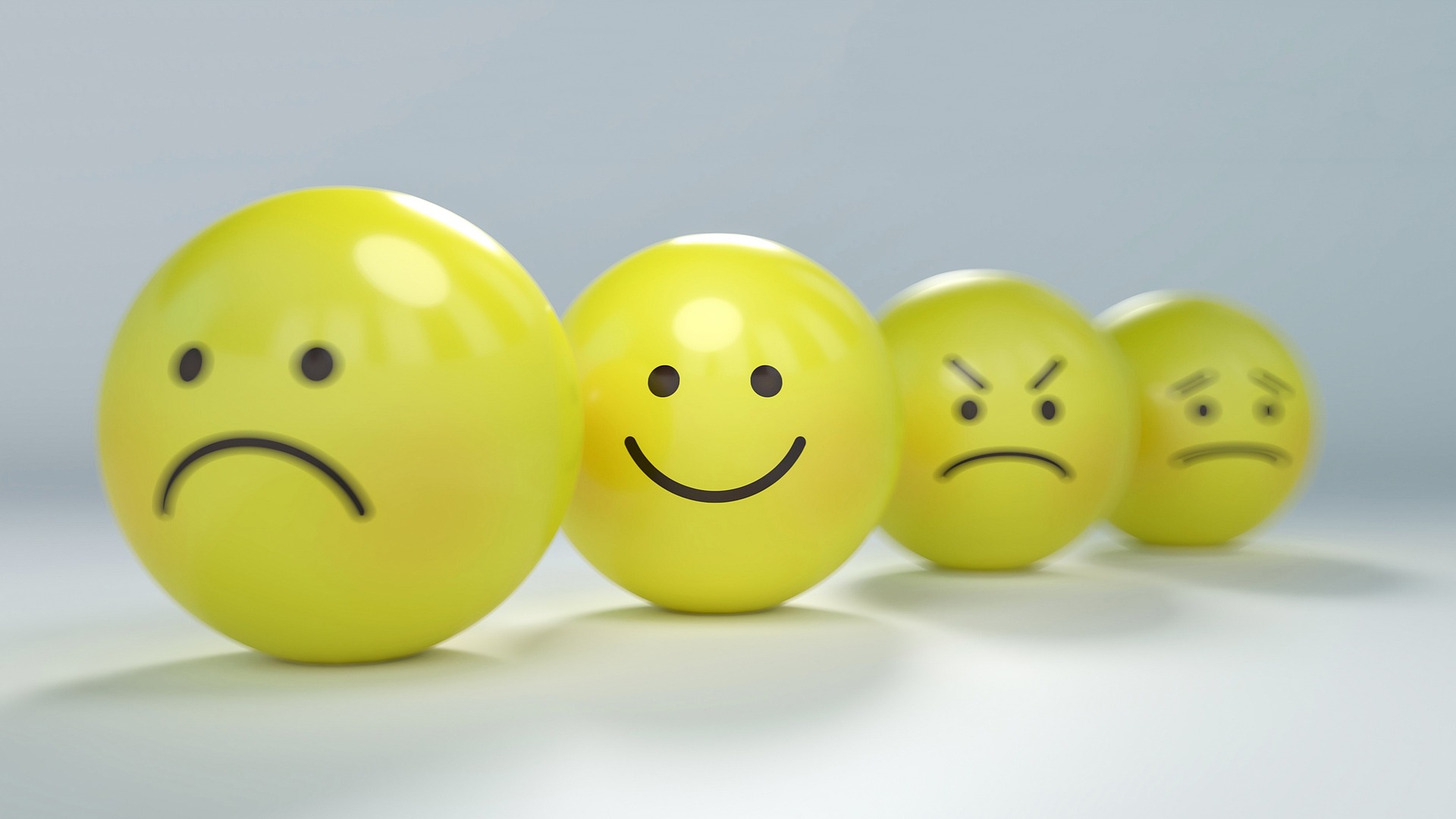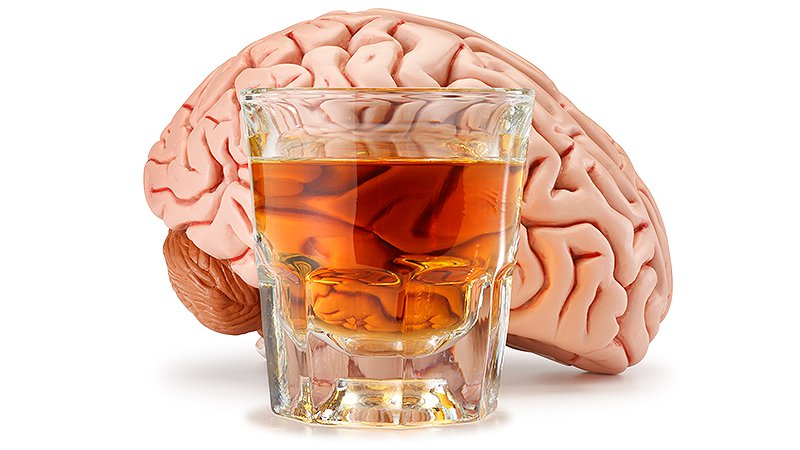
Overcoming addiction is an ongoing process. Those navigating their sobriety in outpatient treatment will be tasked with balancing their personal lives with their continued sober efforts. Mindfulness is a core part of managing this balance, helping those in recovery address prevalent urges and cravings while gaining a better understanding of their own emotions, needs, and progress. Recovery is a wholly transformative experience, and incorporating mindfulness practices outside the walls of a treatment facility is crucial for maintaining these changes for a healthy and sober future.
What Is Mindfulness?
Effective mindfulness practices are an integral part of effective recovery efforts and can take many forms depending on what works best for each individual. Mindfulness is any kind of exercise or activity that helps an individual focus on their own current physical and emotional state in the present moment, all while helping them better identify and overcome challenging emotional states or stresses safely. Being able to live in the present moment while becoming more cognizant of their emotional state is essential for managing the stresses and challenges of ongoing recovery.
Accepting the reality of the present situation, both emotionally and physically, is necessary to better identify and address personal stresses and navigate urges, cravings, and more in the journey through maintaining a person’s hard-earned sobriety. While professional outpatient treatment programs utilize mindfulness strategies during recovery sessions, mindfulness practices are most effective when employed consistently throughout daily life. Using mindfulness practices both during professional treatment programs and outside the walls of a treatment facility is necessary to make the most of their healing potential.
Incorporating Mindfulness Into Daily Life
Those in recovery can benefit greatly from the regular use of personalized mindfulness strategies. Being able to calmly (emotionally and physically) resituate oneself throughout the day has many benefits, helping to not only quell difficult feelings or urges but also to best help identify particular stresses that may impact an individual’s sobriety and mental health. Regular use of mindfulness practices can empower those in recovery to better understand, confront, and overcome the challenges common throughout the recovery process while maintaining a sober life.
Each individual will have their own best practices. Finding the techniques that work best for each individual will be a personal journey. Exploring various techniques can ensure that there are always opportunities to explore effective mindfulness practices.
Use the Structures in Treatment
Professional outpatient treatment offers many unique ways to approach mindfulness practices, and bringing these practices to life outside of the treatment facility can ensure they stay practiced, effective, and consistent. Practices like meditation, yoga, and personalized techniques can all be first explored in outpatient treatment. These strategies can be easily transposed into a person’s life outside of the walls of the treatment facility. For those still uncertain about their own best practices, using the structures and guidance of professionals can be instrumental in ensuring that they still have access to effective strategies.
Incorporating Mindfulness in Morning Routines
Morning routines are instrumental for starting the day off right. Incorporating mindfulness into these daily routines can help each individual comfortably situate themselves before taking on the challenges and stresses of the day ahead. Feeling cold tile beneath a person’s foot while brushing their teeth or taking a moment to relax and pay attention to one’s breathing, heartbeat, or any tension are all great ways to start the day, informing an individual of their emotional state to take appropriate action. For some, this can inform the need and use of other coping strategies, while others may use this time to clear their minds and prepare for any personal or professional stresses.
Utilizing Breathing Techniques
Breathing is a strange thing to need to “practice,” but utilizing breathing techniques with a focus on mindfulness is a powerful strategy when rehearsed. Effective breathing techniques incorporate the entire body, forcing an individual to focus on their breaths, counting, releasing, and more. Some may use these techniques to calm their nerves or other physical challenges, while others may benefit from the time used to avoid compulsive behavior in the face of stress. Using the 3-3-3 technique in inhaling for three seconds, holding for three seconds, and exhaling for three seconds, can help increase a person’s awareness of their own body and process their present state in a healthy way.
Situating Yourself in Your Environment
Other mindfulness practices help an individual by situating them in their physical environment. Anxiety, depression, trauma, stress, and more are all common among those overcoming addiction. Being able to have an accurate understanding of a person’s current environment at any moment in time is necessary for challenging and contextualizing difficult feelings. Naming objects in the vicinity, touching and feeling a chair or trinkets in reach, and other tactile practices can all help an individual focus on their feelings of touch and get a better understanding of their present environments, challenging stress, anxiety, and more.
Finding Your Best Practices
There are many different ways to incorporate mindfulness in daily life beyond these introductions. For some, the use of yoga, meditation, and other methods can all be great ways to gain a better understanding of themselves. Others may prefer physical outlets like sports to gain a deeper insight into their bodies and minds while processing stress. Constantly exploring new opportunities is part of the constant evolution needed for a sustainable and successful recovery.
Mindfulness practices can make for a truly comprehensive and healthy approach to recovery and sobriety. Redpoint is ready and able to help you explore your own best mindfulness strategies while overcoming addiction, mental health, or any other personal challenges that you may face in your journey to a healthier life. We employ a personal approach to each individual, combining the strategies that work best for you and helping you transpose these effective strategies to your life outside our walls. Mindfulness is just the first step in creating a comprehensive set of skills and strategies to maintain the powerful transformations made throughout recovery. For more information on how we can help you, call to speak to us at (303) 710-8496.











